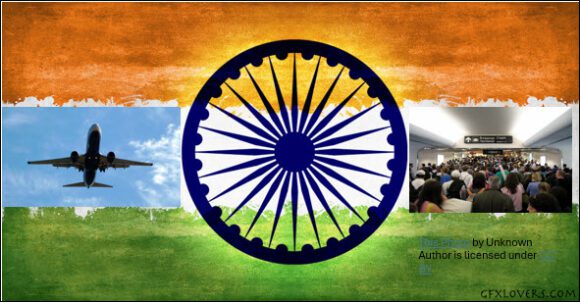
Viking 1 Otter
The Indian government’s announcement of a new seaplane policy makes Canadian aircraft manufacturer De Havilland more bullish about the country’s opportunities.
The new guidelines form part of a pet policy of the Central government since it came to power to make the common man fly. With this initiative, the Regional Air Connectivity (RAC) policy was launched in 2017, connecting the Indian capital with the capital of a hilly city called Shimla. Since then, there have been various modifications to the scheme, including the launch of guidelines for seaplane operations on August 22 this year by the Indian Ministry of Civil Aviation.
The guidelines enable seaplane operations under the Regional Connectivity Scheme to use the operations under a Non-Scheduled Operator Permit (NSOP). Extending the Viability Gap Funding (VGF) under RCS to seaplane operations will provide the operators with the initial fillip. While seeking to promote seaplane operations, due care has been taken to ensure their safety and security. Both the Centre and state governments provide funding in the form of VGF to make these routes profitable for the operators.
This development is important as India has over 7000 km of coastline, apart from various rivers and lakes, which gives a unique opportunity to seaplane manufacturers like the Canadian company that controls over 95 percent of the global market (Press Release:Press Information Bureau (pib.gov.in).
On June 20, the Hindu Business Line, an Indian economic daily, reported that De Havilland was bullish on India as it eased norms for seaplane operations.
De Havilland Canada Opportunities
It quoted Yogesh Garg, De Havilland’s Regional Vice President (Asia Pacific and Middle East), as saying that the company was engaged in advanced discussions with various companies keen to start seaplane services here (Seaplane maker De Havilland bullish on India as the government eases norms—The Hindu BusinessLine).
Narendra Modi, the Indian Prime Minister, flew a De Havilland Twin Otter while launching the first amphibian plane service in October 2020. Since then, seaplane operations have largely been a non-starter.
Financial Express, another Indian economic daily, quoted Garg as saying that the company’s current forecast suggests that India will create 60-100 seaplane routes over the next five years, necessitating the development of around 30 airports. “Based on these projections, we anticipate a requirement for 30-40 aircraft in the next five years and about 60-70 aircraft over the next decade,” Garg told the newspaper. He added that if India proceeds with plans to develop 100 airports for sub-20 seat aircraft, there would be a demand for 40-50 land-based aircraft over the next five years, increasing to 70-80 aircraft within ten years (Canadian plane maker bets on India seaplane demand – Airlines/Aviation News | The Financial Express).
While the conditions for operating seaplanes in India have now been modified to facilitate their operations, in March 2022, De Havilland issued a media statement that announced that Big Charter Private Limited had signed a Letter of Intent to purchase up to ten new Twin Otter Series 400 aircraft for its promoted airline.
The media statement added that the company will work towards a definitive purchase agreement including five firm-ordered aircraft and options for another five. However, there was no movement on this project later (India’s flybig to Acquire up to Ten De Havilland Canada Twin Otter Series 400 Aircraft – De Havilland Canada).
Views: 31




